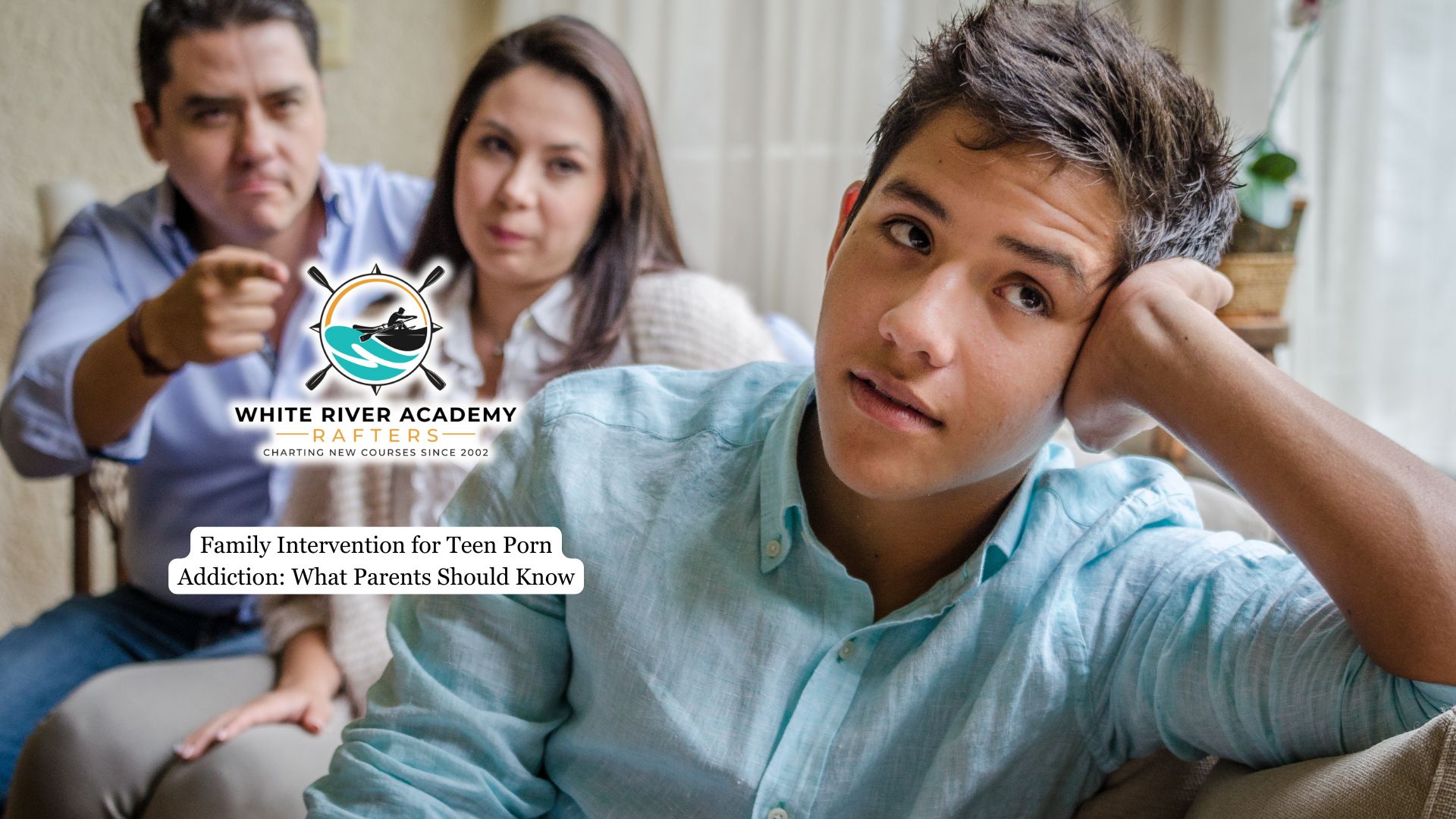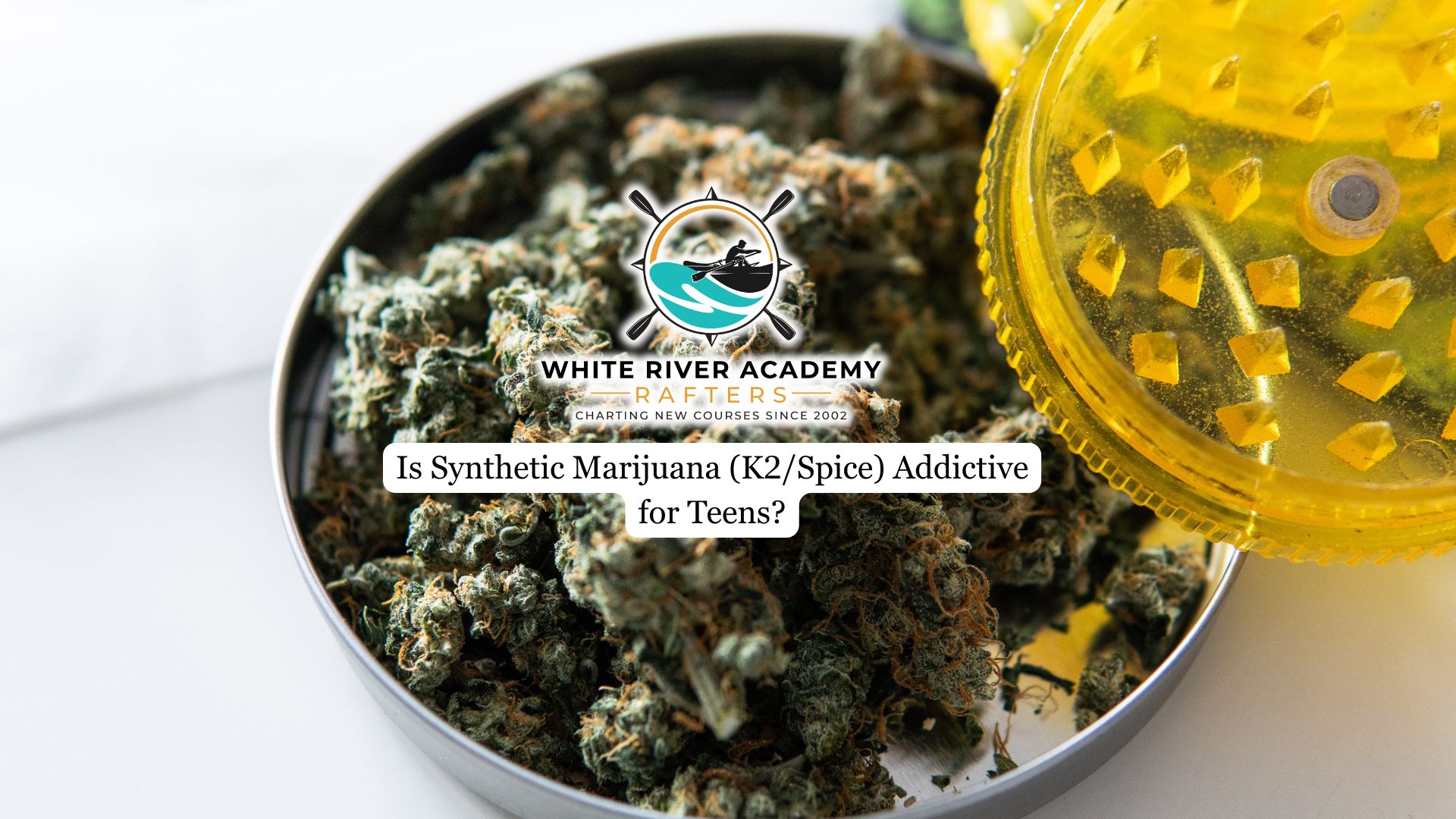Teen pornography addiction is a growing concern in today’s digital world. With unlimited access to content and little oversight, teens are more vulnerable than ever to compulsive sexual behaviors.
This article provides clear, practical guidance for parents who suspect or know their child is struggling with porn addiction, including how to recognize it, approach the conversation, and take meaningful steps forward.
Understanding Porn Addiction in Teens
Pornography addiction is a compulsive behavior involving the excessive use of sexually explicit material, often leading to emotional, relational, and academic consequences. In teenagers, whose brains are still developing, repeated exposure to porn can significantly disrupt emotional regulation, self-esteem, and healthy sexual development. It can also serve as a coping mechanism for underlying issues like anxiety, loneliness, or depression.
Unlike occasional viewing, addiction is characterized by an inability to stop despite negative consequences. Teens may isolate themselves, show irritability when not online, or become secretive with devices. Recognizing this distinction is essential before planning an intervention.
In many cases, this may be the point when families begin exploring treatment programs like ours – https://whiteriveracademy.com/pornography-addiction-treatrment-utah, which specialize in adolescent porn addiction recovery and offer structured support, therapy, and long-term tools for change.
Warning Signs Parents Should Watch For
Parents should stay alert to behavioral and emotional changes that may indicate a problem. These include excessive screen time, late-night internet use, academic decline, emotional outbursts, or withdrawal from family activities. A teen struggling with porn addiction may also display signs of shame or secrecy, including deleting browser history or using multiple devices.
Changes in mood—such as heightened anxiety, depression, or sudden disinterest in hobbies—can also signal deeper issues. While these signs don’t confirm addiction, they warrant serious attention and may point to the need for a deeper conversation.
How to Approach the Conversation
Addressing porn addiction requires sensitivity and clarity. Avoid shaming or confronting your teen in anger, which can increase defensiveness and damage trust. Instead, approach the subject from a place of concern and curiosity.
Choose a time when emotions are calm and distractions are minimal. Begin by expressing your observations without accusations. For example: “I’ve noticed you seem more withdrawn lately, and I’m concerned about how much time you’re spending online.” Make it clear that your intention is to help them, not to punish them.
Be prepared for resistance or denial. Many teens feel embarrassed and afraid of judgment. Reinforce that your role is to guide and support them, not shame them.

When and How to Plan a Family Intervention
A family intervention becomes necessary when casual conversations haven’t led to change or when the addiction is clearly impacting your teen’s well-being. An intervention is a structured conversation, ideally involving both parents or guardians, that clearly lays out the concern, offers a plan, and sets boundaries with compassion.
Before holding an intervention, take time to educate yourself about pornography addiction and how it affects adolescent brain development and behavior. Come to an agreement with your co-parent or any key family members about the message you want to communicate. This ensures a unified, supportive approach. Also, gather specific examples of your teen’s behaviors that have raised concern so you can refer to them calmly and clearly.
During the intervention, speak in a calm, direct tone, avoiding shame or blame. Keep the conversation centered on your teen’s future and well-being, rather than past mistakes. Outline realistic steps moving forward, including therapy, setting digital boundaries, or seeking help from a residential treatment program if needed.
The Role of Therapy and Residential Programs
When pornography addiction takes hold, outside support often becomes essential. Porn addiction in teens is often linked to deeper emotional issues that require therapeutic intervention. Individual therapy, particularly with clinicians trained in adolescent sexual behavior and digital addiction, can help teens understand their behavior, develop coping skills, and rebuild self-esteem.
Family therapy is also crucial. It creates a space for open dialogue and healing and allows parents to better understand their role in their teen’s recovery. When outpatient therapy isn’t enough, a residential treatment program like White River Academy can provide immersive support in a structured environment.
Residential care addresses the addiction while also supporting academic progress, emotional growth, and healthy peer relationships—all key elements in lasting recovery.
Setting Boundaries and Supporting Recovery at Home
Parental involvement doesn’t end after the intervention. Recovery from porn addiction requires a long-term commitment to support and accountability. Establish clear digital boundaries, such as screen-free zones, app restrictions, or device curfews. Maintain open, ongoing conversations about digital behavior, mental health, and emotional needs.
Importantly, focus on connection over control. Encourage healthy routines, hobbies, and real-world social interaction. Celebrate progress, however small, and remain patient, recovery is rarely linear.
Stay engaged with your teen’s therapists or treatment providers to ensure consistent messaging and appropriate support strategies.
Final Thoughts from White River Academy
At White River Academy, we understand the complexity of adolescent porn addiction and the strain it places on families. Our residential treatment programs in Utah are designed to guide young men through healing with structured therapy, emotional education, and character development. If your teen is struggling, you don’t have to face it alone. We offer a path forward grounded in expertise, empathy, and lasting results




